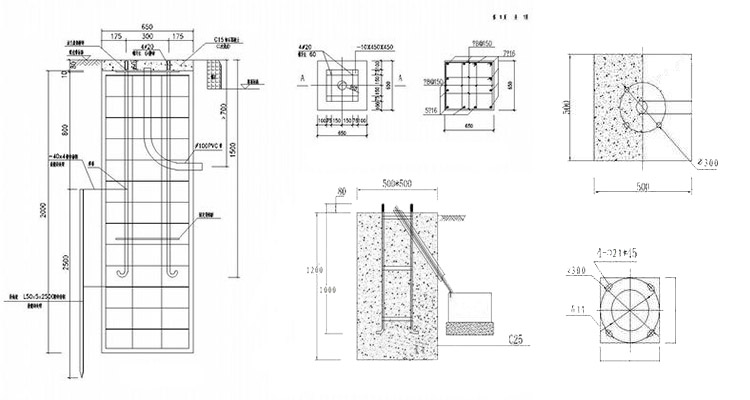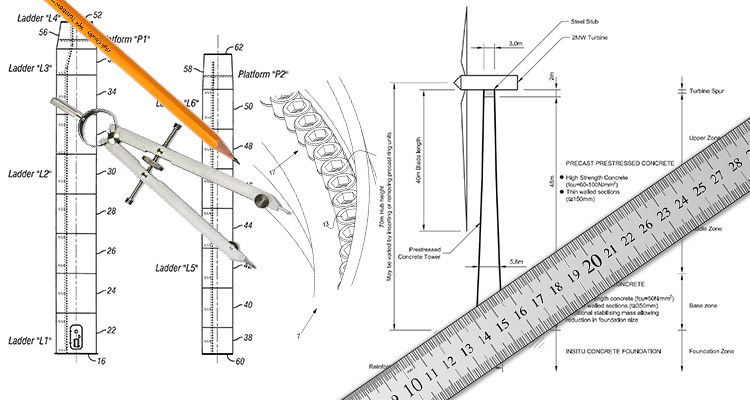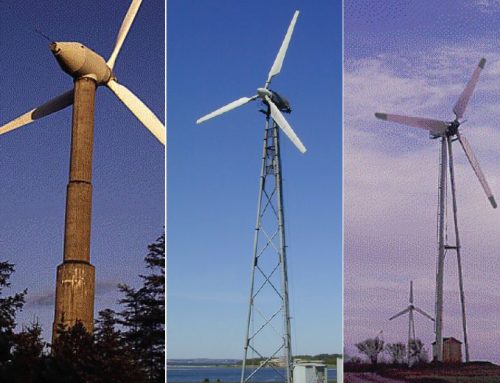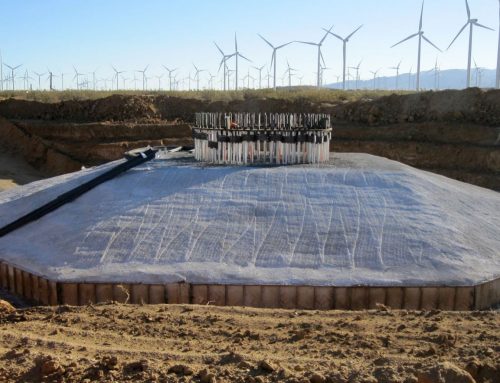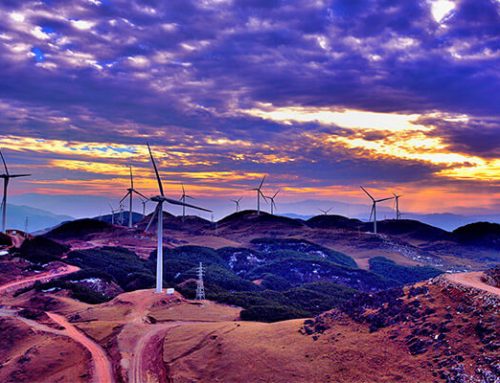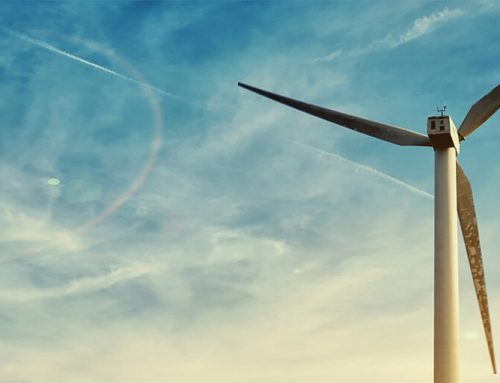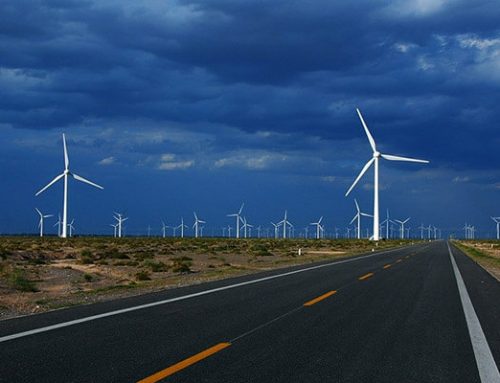Wind turbine tower is the main supporting parts of the complete wind energy generator system. It is used to connect the wind turbine to the ground circuit and provide the required height for the wind turbines. A normal industrial wind turbine tower is 40m – 120m high. As it shows such a height, the wind turbine tower should also be stiff enough to stand the extreme wind speed and other extreme environment such as typhoon.
The normal wind turbine tower types are steel tubular wind turbine tower, lattice wind turbine tower, concrete wind turbine tower, and so on. The majority of large-scale wind energy generator systems adopts the steel tubular wind turbine towers. This type of wind turbine tower normally consists with several wind turbine tower sections with 20m – 30m high, the wind turbine tower sections are connected with flanges and the diameter of the wind turbine tower decrease from bottom to top. Steel tubular wind turbine tower holds the advantages such as high safety performance, easy maintenance. As it is the dominate type of wind turbine towers, the following research status is based on steel tubular wind turbine towers design.
Global Wind Turbine Tower Design Research Status
Among the latest decade, global wind turbine manufacture technology developed rapidly. Right now, many countries such as Denmark, Germany, Netherlands, the USA, China have mature wind energy generating technology. Denmark, one of the countries that hold the most advanced wind turbine technology, has installed their independent development wind turbines with the installed load of 2MW – 3.5MW. German companies has already developed the 5MW wind turbines. Moreover, the initial installed load for suspended wind turbine towers is 10MW, and the single wind turbine installed load can be increased continuously. Therefore, the height of wind turbine tower will increased continuously, too. At the same time, the academic researches that related to wind turbine tower performance improvement such as aerodynamics, structural dynamics, and microclimatology are also brought into focus.
As we all know, the stability of wind turbine is one of the most important factors that effect the stability of wind turbine towers. Therefore, till these days, the aerodynamic response of wind turbine blades and wake effect are also hot research topics for wind turbine tower design.
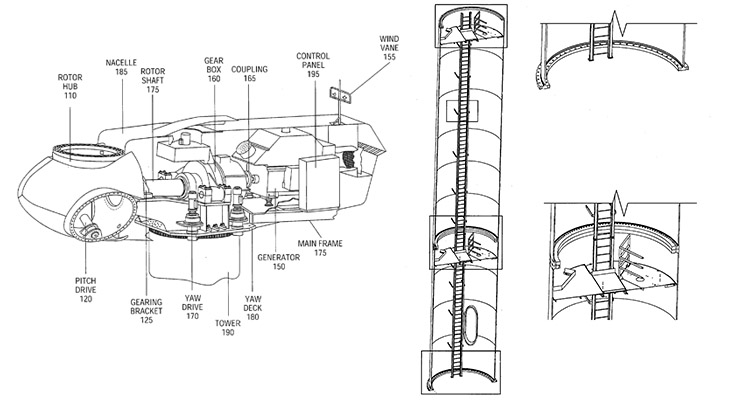
Wind Turbine Tower Design Research Status of Developed Countries
One of the most popular wind turbine tower design research method is experimental method, from laboratory experiment to full-scale experiment.
With years of development, many developed countries has established their own testing facilities, and the relative international standards and qualification systems for wind turbine tower design are also established.
When the steel tubular shell structure is under pressure, its bearing capacity is depending on its buckling stress. Therefore, the topic of wind turbine tower buckling stress forecast is a focus topic for wind turbine tower design researches. The nonlinear elastic stability theory of Koiter shows that the post-buckling behavior of cylinder shell is unstable, even a small geometrical flaw can decrease its bearing capacity. Therefore, the buckling analysis of steel tubular wind turbine tower is one of the basic work of wind turbine tower stability research. Except that, many foreign research facilities has developed a series of dynamics studies of elastic blades and flexible wind turbine tower.
With all the researches above, the international wind energy generator system technology is moving towards to produce wind energy generator systems with high quality electricity generation, lighter weight, longer serve life, lower noise and lower cost.
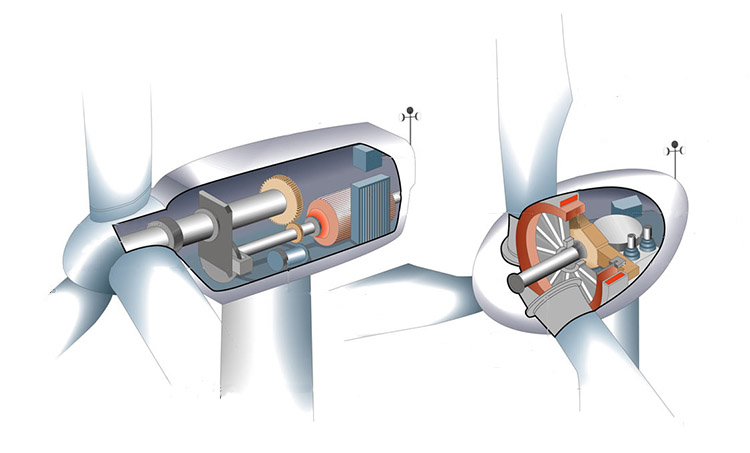
Chinese Wind Turbine Tower Research Status
Compare to the developed countries, wind energy industry technology research starts late in China. But with over 20 years tackling of wind energy technology, Chinese wind energy technology made such a huge improvement in multiple relevant areas, such as wind turbine tower design.
Right now, Chinese wind turbine tower design research is focused on the following three parts.
Wind Turbine Tower Structural Analysis
In Chinese wind energy industry, there have been some progress by using finite element method to calculate and analyze the wind turbine towers. But most of the researches are focused on the calculation and analysis of wind turbine tower performance, such as the natural frequency. Therefore, it is necessary to have a comprehensive analysis based on the dissected wind turbine tower structure.
Wind Turbine Tower Wind-resistant Analysis
The majority of large-scale wind turbine towers are steel tubular wind towers. Under the impact of wind, it may cause wind tower deformation and vibration along wind and horizontal vibration along the vertical wind direction. The deformation and vibration of wind turbine tower will not only increase its stress load, impact the strength of wind turbine tower structure, but also influence the deformation and vibration of wind turbines.
Wind Turbine Tower Aseismic Analysis
Earthquake is also an important dynamical load the wind turbine tower must stands. Nowadays, the earthquake resistant engineering develops slowly, the experimental method and technology can not simulate the earthquake damage to the wind turbine tower accurately. Therefore, the wind turbine tower aseismic technology should be developed in order to improve the earthquake resistant performance of wind turbine tower.
